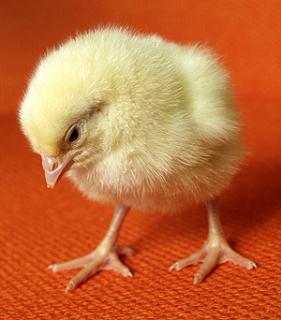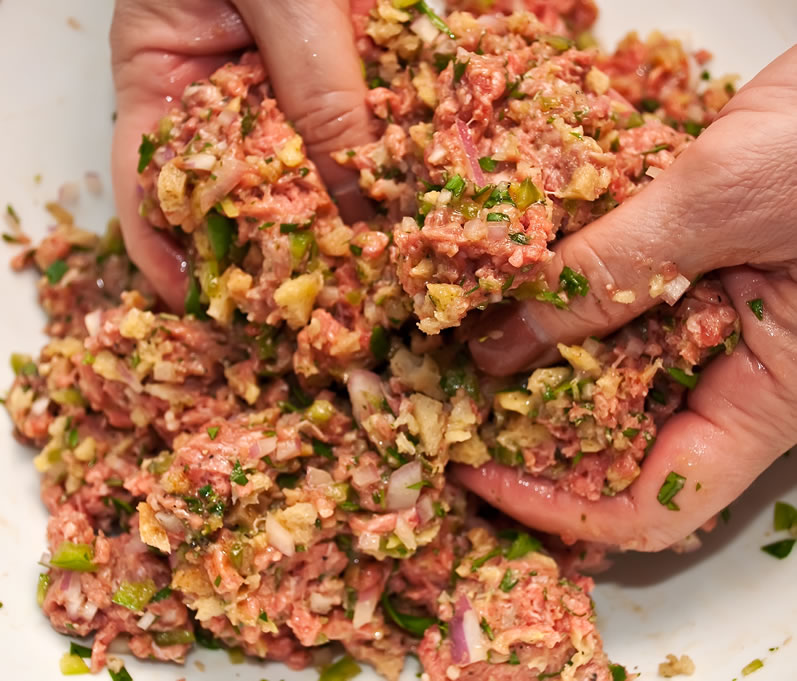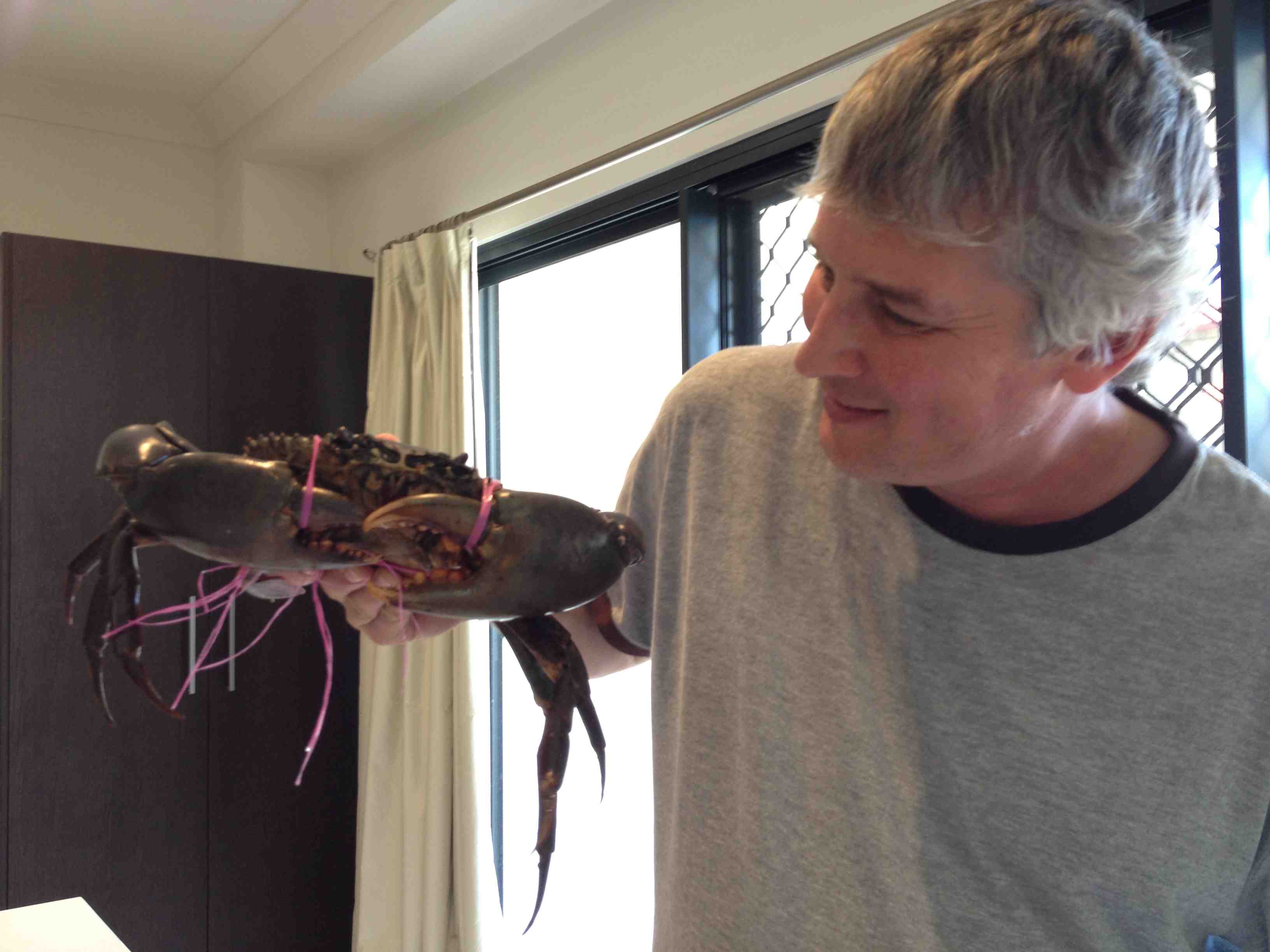My initiation into the real world of food production was in the vegetable production industry. As a 22-year-old naive graduate student Doug sent me out to Leamington Ontario (that’s in Canada) with Amber Bailey, to see whether I could work with greenhouse producers on keeping their wash water and employee’s hands clean. That trip turned into a MSc project and I spent three years working with almost 200 farmers on risk-reduction practices as I took product and water samples. 
On one of those visits a farmer wanted to talk about food safety regulations, especially whether farms would ever see the type of regulation restaurants do. He said that a law might help provide some uniformity to how farmers managed risk and could provide a level playing field (because even in 2002 they were seeing inconsistent audits/auditors) but he finished by saying something like, "I don’t really want to be regulated like restaurants, with inspectors who have never been on a farm sniffing around here looking for problems."
My experience on the farms (and then in restaurants) also taught me that getting someone to change what they do is a lot easier if you can describe the evidence behind the new practice. Telling folks about outbreaks and data in a compelling way matters.
The folks I encounter regardless of sector, still ask a lot of questions about the whys behind a particular rule or guidance.
Later this year, according to Thomas Goldsmith of the News & Observer, North Carolina will be adopting the FDA Model Food Code by reference – which means the state’s food service rules will be based on the best available science, will update automatically with subsequent versions of the code.
A useful food safety regulation has a nod to risk calculations (probability and consequences) and is built on some sort of evidence (whether that be strong outbreak investigation data or laboratory data). The FDA model food code, for the most part, fits this.
The Model Food Code also provides the best example of how to systematically evaluate the times, temperatures and practices and make recommendations for revision when new information comes up (the biannual Conference for Food Protection provides this nice framework).
Cold food will have to be kept colder. Restaurant employees who have certain symptoms won’t be allowed to work. And cooks won’t touch ready-to-eat food with bare hands, but only with gloves, deli paper or tongs.
These are just a few of the changes that will accompany North Carolina’s expected adoption of federal Food and Drug Administration guidelines that will replace a much-amended set of regulations dating from 1976, state and local officials said.
Developed by the FDA in collaboration with scientists, academics, industry representatives and physicians, the Food Code is revised every four years based on the most up-to-date science available, said Larry Michael, head of the food protection program at the state division.
“The approach in the past involved an endless process of revising the rules and standards,” Michael said. “This proved to be inefficient.
A 2010 survey in Wake County reinforced the need for new guidelines, said Andre Pierce, environmental health and safety director for county environmental services. About 90 percent of restaurants and other food-service places didn’t have the kinds of policies to keep sick workers home that are included in the federal code.
Physical conditions that rule out working in food service are diarrhea, vomiting, sore throat with fever, jaundice and lesions with pus.
Some provisions, such as keeping cold food at 41 degrees instead of 45 degrees, will be phased in to give restaurants time to comply. The code also will require that every establishment have a certified food-safety manager on site at all times.
The state estimates that compliance will cost the food service industry $5.5 million during the first four years but that restaurants and other establishments will realize benefits that can’t be quantified from not making people sick. Industry figures state that an outbreak of foodborne illness costs a restaurant an average of $75,000.
Meanwhile, during the same four-year period, the state is expected to save $6 million compared to current costs of dealing with such outbreaks.
Given repeated, widely publicized incidents of foodborne illness, many restaurants already follow the provisions of the FDA code, said Alyssa Barkley, director of health and safety for the North Carolina Restaurant and Lodging Association. “I have been at the table for a couple of years throughout this process,” said Barkley, whose background is in public health. “We have been at the table making sure that the rules that are adopted aren’t going to be a major burden on businesses.”

.jpg) gender of the victims.
gender of the victims. 14 vomits and five diarrheal episodes reinforced, to me, how little is known.
14 vomits and five diarrheal episodes reinforced, to me, how little is known..jpg) others. And we’re not smart enough to know who those individuals are. The good ole’ days usually included stories about a family that lost a kid. And it was probably some kind of infectious disease. Western societies have enough science and enough affluence to decide, one is too many.
others. And we’re not smart enough to know who those individuals are. The good ole’ days usually included stories about a family that lost a kid. And it was probably some kind of infectious disease. Western societies have enough science and enough affluence to decide, one is too many..jpg) produce under running water. Cleaners not meant for produce can introduce chemical contaminants, and produce washes are considered no more effective than water. Unlike other types of produce, almost all bagged, pre-cut let¬tuce in the market place is pre-washed. For bagged, pre-cut lettuce that is labeled as pre-washed, additional washing is not recommended as it is not likely to en¬hance safety and introduces the op¬portunity for cross-contamination of the product with pathogens that may be in the home kitchen. …
produce under running water. Cleaners not meant for produce can introduce chemical contaminants, and produce washes are considered no more effective than water. Unlike other types of produce, almost all bagged, pre-cut let¬tuce in the market place is pre-washed. For bagged, pre-cut lettuce that is labeled as pre-washed, additional washing is not recommended as it is not likely to en¬hance safety and introduces the op¬portunity for cross-contamination of the product with pathogens that may be in the home kitchen. … Does it make other beef safer when added to ground meat to make hamburger? Probably not.
Does it make other beef safer when added to ground meat to make hamburger? Probably not. may appeal to personal choice, until someone barfs. It’s bad science and bad policy. Bittman’s a repeat offender, placing politics and porn before evidence-based safety, and uses pink slime as a launching pad for a screed about antibiotic resistant pathogens in the food supply.
may appeal to personal choice, until someone barfs. It’s bad science and bad policy. Bittman’s a repeat offender, placing politics and porn before evidence-based safety, and uses pink slime as a launching pad for a screed about antibiotic resistant pathogens in the food supply.
 most of those who got sick were young children.
most of those who got sick were young children. The situation at Cebolla’s was believed to have developed March 25. Symptoms of the virus – nausea, stomach cramps, vomiting and diarrhea – begin 24-48 hours after exposure. Cebolla’s management has continued to cooperate through the investigation.
The situation at Cebolla’s was believed to have developed March 25. Symptoms of the virus – nausea, stomach cramps, vomiting and diarrhea – begin 24-48 hours after exposure. Cebolla’s management has continued to cooperate through the investigation. described below because the product may be contaminated with Salmonella.
described below because the product may be contaminated with Salmonella. – Los huevos pueden portar Salmonella y deben ser cocidos a 145°F por 15 segundos para reducir el riesgo, o hasta que la yema se endurezca.
– Los huevos pueden portar Salmonella y deben ser cocidos a 145°F por 15 segundos para reducir el riesgo, o hasta que la yema se endurezca. The result: Millions of Catholics around the world end up eating fish on Fridays as part of a religious observance.
The result: Millions of Catholics around the world end up eating fish on Fridays as part of a religious observance.